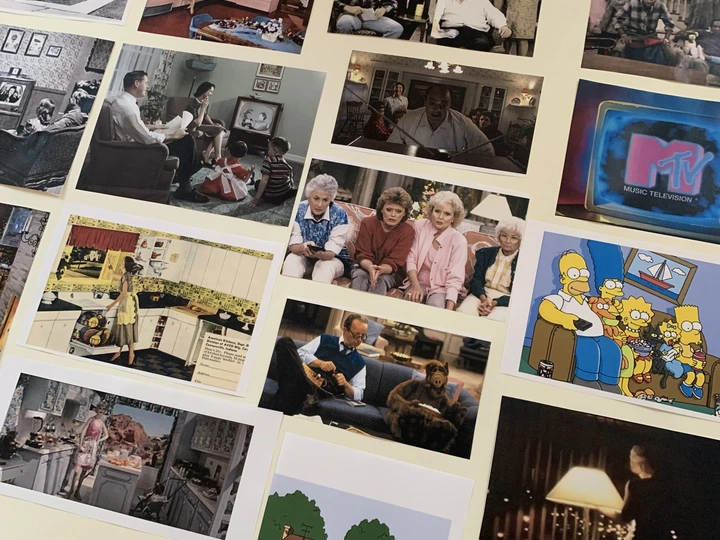Architectures of the Screen and other 'frameworks'

Luísa Sol is an architect and researcher particularly focused on the enormous public space inaugurated by the television screen. She explores the urban and domestic spaces by assessing the repercussions of architecture on audiovisual representations and vice-versa, and subsequently, the political and social consequences of this relationship in the public sphere. Her interests lie mainly in the period from postmodernity to the present day (including the changes intrinsic to what has come to be considered centre and periphery since postmodernity), where she focuses on issues related to image, identity, gender, care, feminism, the right to housing and the various inequalities defined by the consumer economies in the landscapes built by global capitalism.
Her Phd “The Image of the City and its Represented-Sapce in music videos from the 80’s: North-American Interferences in Contemporary Architectonic Culture” was conducted in Lisbon School of Architecture – Universidade de Lisboa where she is currently developing the post-doctoral research project “Architectures of the Screen: Television and Emerging Urbanity(ies) in Portugal – From Postmodernity to Contemporaneity”.
Luísa has written several essays for academic and non-academic publications and has also worked in editing, publishing, research, curating and writing on content involving architecture and other disciplinary areas, where she has collaborated with organisations and institutions such as the Trienal de Arquitetura de Lisboa, Porto Design Biennale, Het Nieuwe Instituut, Forecast, Yale School of Architecture, Bairros Saudáveis, Fundação Calouste Gulbenkian, Universum Carrousel Jorney Carroussel and DGArtes.
Addressing the space of the screen (television, cinema, social networks) as the greatest common space of our time - with all the possibilities and consequences that this device has brought to everyday life - the subjectivity of moving images will be explored, as will the spatial, social and political narratives they contain.
The built form is not an end in itself, acting also in the realm of representation - they intersperse, influence and borrow from each other. The screen compiles within itself a whole set of "privatised systems" framing ideals, models and stereotypes, but also limits, overruns and imprisonments, which themselves determine the boundaries between the visible and the invisible, the possible and the impossible, between the central and the peripheral, existence and non-existence.
Between the extreme visibility of the screen and the extreme invisibility of its power (bearing in mind that the control mechanisms of this power system have always benefited from a certain invisibility), territories can be defined through images and representations, favouring immaterial dominations of cultural structures and spatial practices. While reflecting and perpetuating social norms and values related to family, kinship, gender roles, social justice and politics of care.
Overall, the screen became a place where geographical territory and territory of representation merged, where encounters are mediated, values are conveyed and life can be transformed. In other words, the screen became a hybrid space of Care. Here, visibilities and invisibilities are easily displayed and/or detected, making it a space where also these same un-representations can be dismantled. Framing other models, ideals, ways of living and other dynamics of Care. By critically examining these representations, one realises that architecture shapes and is shaped by wider social politics, reframing and working towards a more inclusive and equitable sense of community and built environments.